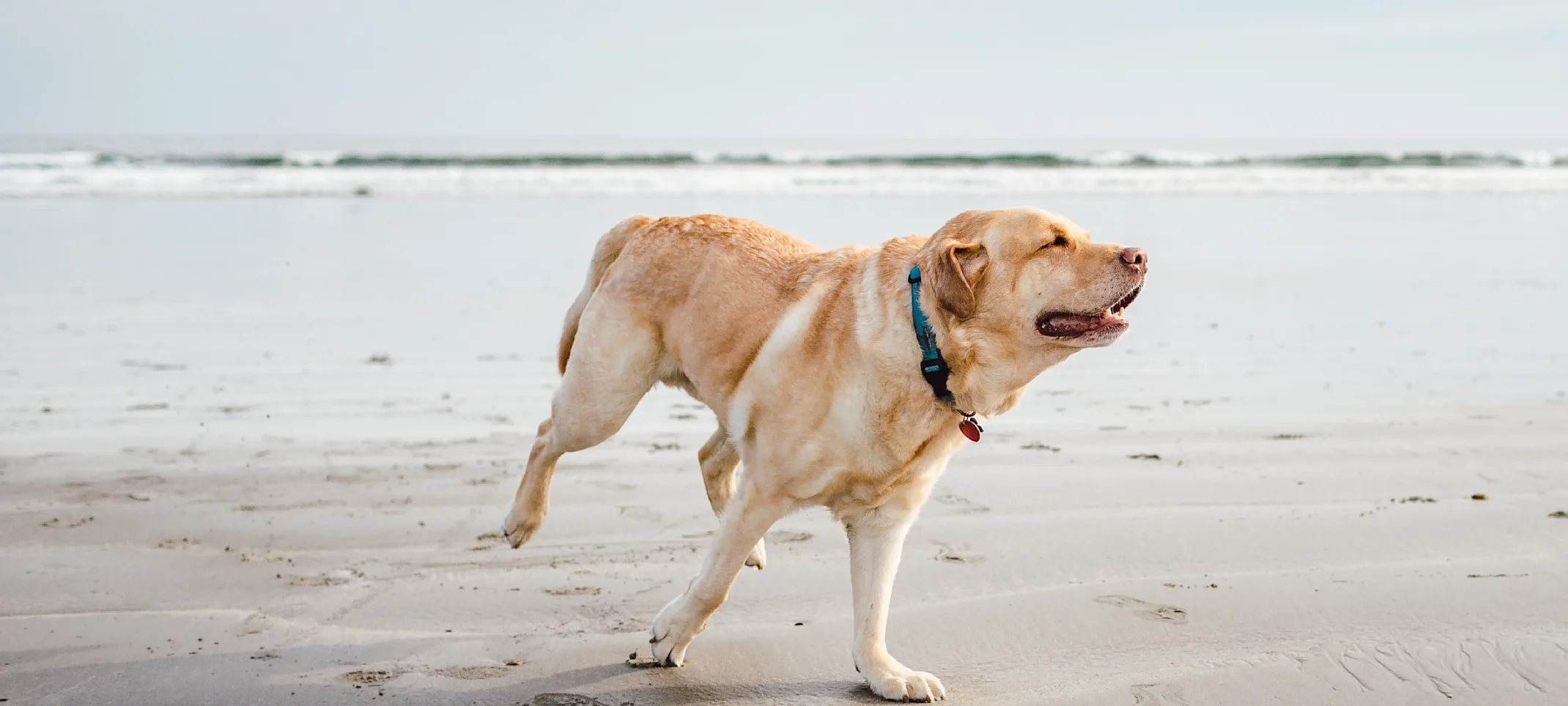Casa Grande Animal Hospital
Chiropractic Therapy
Veterinary chiropractic care (a.k.a. veterinary orthopedic manipulation) is the practice of manipulating the spine in order to treat a disease.

Overview
Veterinary chiropractic care (a.k.a. veterinary orthopedic manipulation) is the holistic practice of manipulating the spine in order to treat a disease. It is most often performed on horses, dogs, and cats, however, it can theoretically be performed on any vertebrate species.
Why should I consider chiropractic therapy for my pet?
Common conditions that can be treated with chiropractic care for your pets are neurological or biomechanical conditions, that include diseases like hip dysplasia and spondylosis, cervical instability, acute neck pain, intervertebral disk disease, autonomic nervous system problems (urinary and fecal incontinence), musculoskeletal weakness, and chronic pain.
Please speak to your local veterinarian if you are interested in learning if chiropractic care is right for your pet.
When should I consider chiropractic therapy for my pet?
Animals that can often benefit from chiropractic are often athletic and working animals (horses used for racing, dressage, or pleasure riding, and dogs used for racing, agility training, or field trials). Results of chiropractic care are often immediate and can be seen in an improved gait and pain being reduced. There are also many neurologic and biochemical conditions than can be cared for with chiropractic therapy. Additionally, chiropractic therapy may be used to treat many conditions with a biomechanical or neurologic origin.
Please speak to your local veterinarian if you are interested in learning if chiropractic care is right for your pet.
How is my pet cared for during chiropractic therapy?
Once your pet has gone through an initial evaluation, your veterinarian will determine a course of treatment to follow. The initial evaluation will include a thorough look at your pet’s medical history, a physical exam, and potentially x-rays to look for underlying issues.
Your pet should not experience any pain during an adjustment. At most, your pet may experience some light discomfort but they may also show signs of relief from the pain as soon as your doctor starts to work on them.
In most cases, your pet will need to have a series of short appointments and adjustments to address the problems they are experiencing.
